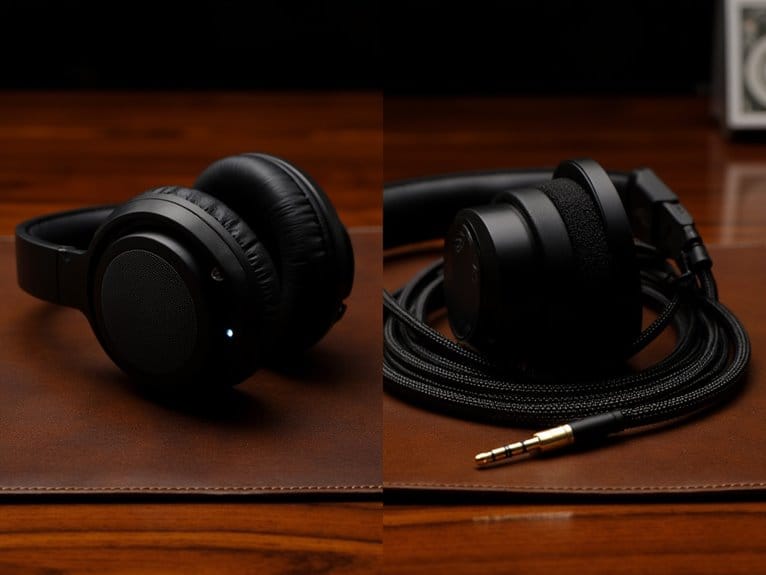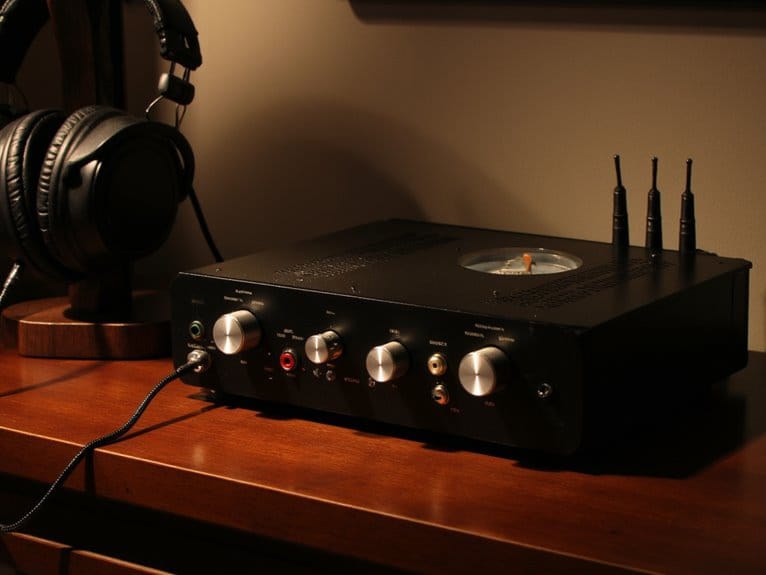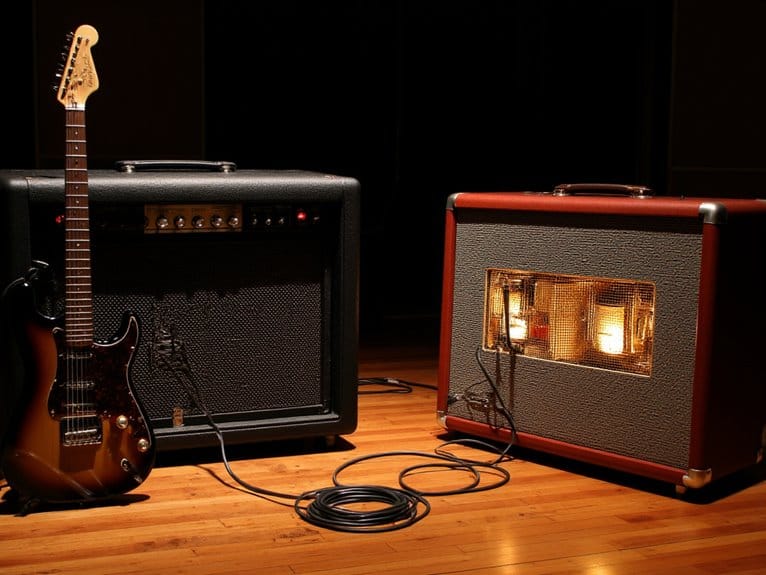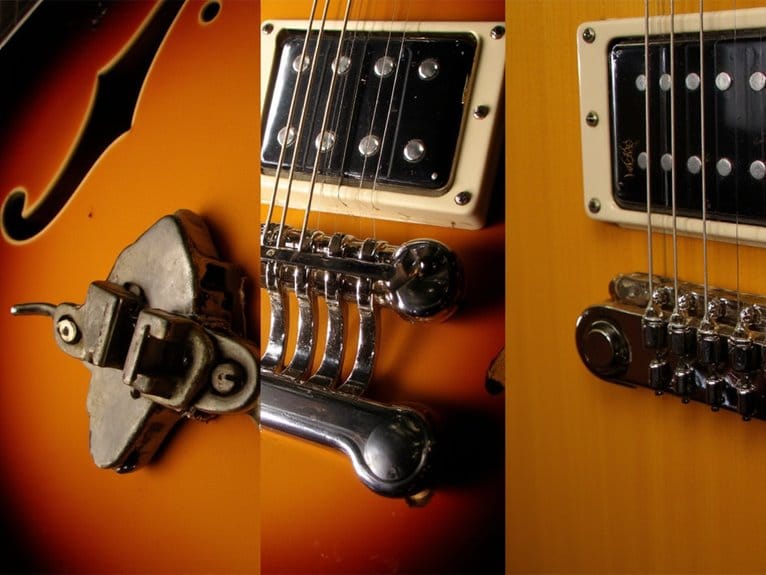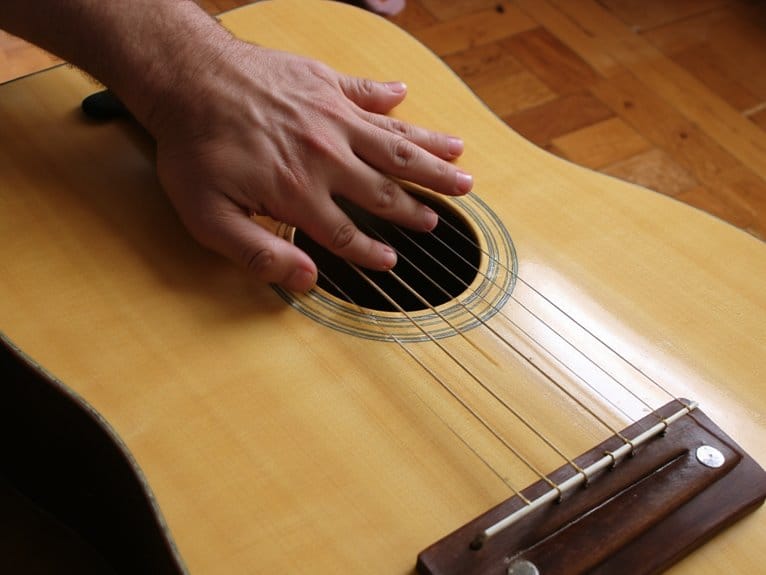Wireless Vs Wired Headphones for Professional Use
You’ll discover that wired headphones deliver superior sound quality with zero latency and last 8-15 years, while wireless models offer vital workplace mobility despite introducing 250ms audio delays and requiring regular charging. Wired options provide flat frequency response essential for professional audio work, but wireless headphones eliminate cable management frustrations that plague busy professionals. Your choice depends on whether you prioritize audiophile-grade fidelity or seamless movement between workstations, and understanding the technical nuances will guide your decision.
We are supported by our audience. When you purchase through links on our site, we may earn an affiliate commission, at no extra cost for you. Learn more.
Notable Insights
- Wired headphones deliver superior audio quality with zero latency and no compression artifacts, essential for professional audio work.
- Wireless headphones eliminate cable management issues and provide workspace mobility, enhancing workflow efficiency in dynamic professional environments.
- Wired models offer 8-15 year lifespans without charging needs, while wireless headphones require regular charging and replacement every 4-8 years.
- Professional audio monitoring and real-time applications favor wired connections due to 250ms Bluetooth delays affecting synchronization.
- Wireless headphones excel in modern hot-desking environments, while wired options provide better long-term value and repair flexibility.
Sound Quality and Audio Fidelity Comparison
While I’ve tested dozens of headphones across both categories over the years, I can’t ignore the fundamental truth that wired headphones consistently deliver superior sound quality compared to their wireless counterparts. This is primarily because they transmit audio through direct analog connections that preserve every nuance of your music without the compression artifacts that plague Bluetooth transmission.
You’ll notice the difference immediately in sound clarity, where subtle details like reverb tails and instrument separation remain intact through wired connections. In contrast, Bluetooth’s bandwidth limitations strip away these delicate elements.
The dynamic range advantages are equally compelling, as wired headphones reproduce deeper bass extension and cleaner treble without the compressed, flattened soundstage that wireless models often exhibit. Professional models like the Sony MDR7506 demonstrate this principle with their flat frequency response and accurate sound reproduction capabilities. This makes them essential for professional mixing and critical listening applications. Many professional-grade wired headphones also feature 40mm drivers, which have become the industry standard for delivering superior bass response and frequency separation in studio environments. Additionally, wired headphones offer zero latency performance, which is crucial for real-time audio monitoring and professional production work. For professionals who depend on audio accuracy, wired headphones eliminate the signal processing delays that can interfere with precise monitoring requirements.
Battery Life and Power Requirements
When you’re comparing wireless and wired headphones for professional use, battery life becomes a critical consideration that can make or break your workflow, especially during those marathon editing sessions or all-day conference calls.
I’ve learned the hard way that even the best wireless headphones will eventually leave you scrambling for a charger mid-project, while wired models simply keep going as long as your device has power.
The reality is that wireless headphones face an inevitable decline in battery performance over their 2-3 year lifespan, which means you’ll need to factor in both the inconvenience of regular charging and the long-term cost of eventual battery replacement.
For professionals who need reliable all-day performance, it’s worth noting that battery life varies dramatically across wireless models, with some offering as little as 5 hours for earbuds while others provide over 50 hours for over-ear designs, though quick charge features can provide several hours of playback from just minutes of charging time.
Continuous Usage Without Charging
One critical factor that can make or break your professional workflow is how long your headphones can operate without needing a power boost, and I’ve seen countless colleagues get caught mid-presentation with dead wireless headphones.
While premium wireless models offer impressive 40+ hour battery life, you’ll still face inevitable charging downtime that can disrupt critical work sessions, particularly when features like active noise cancellation reduce that capacity by up to 20%.
The wired advantages become crystal clear here – there’s simply no battery dependency to worry about, meaning you can power through those marathon editing sessions or day-long conferences without interruption.
When wireless reliability matters most, you’re always one forgotten charge away from switching back to backup wired headphones anyway.
Battery Degradation Over Time
The inevitable reality of lithium-ion battery chemistry means your expensive wireless headphones are fundamentally on a countdown timer from the moment you first charge them, gradually losing their ability to hold power through the natural degradation process that affects all rechargeable devices. Chemical aging accelerates through heat generation from Bluetooth antennas and internal components, creating uneven temperature distributions that compromise battery lifespan faster than manufacturers’ lab-tested scenarios suggest.
| Time Period | Original Battery Life | Degraded Performance |
|---|---|---|
| 0-6 months | 8 hours | 8 hours |
| 12-18 months | 8 hours | 6-7 hours |
| 24+ months | 8 hours | 4-5 hours |
Professional users face declining runtime that eventually necessitates battery replacement or complete device replacement, while wired alternatives maintain consistent performance indefinitely.
Latency and Connection Stability
While testing countless headphones in professional environments over the years, I’ve discovered that latency and connection stability represent the most critical factors separating wired from wireless solutions in demanding work scenarios.
You’ll face significant latency challenges with standard Bluetooth headphones, which typically introduce around 250ms delays that make real-time monitoring nearly impossible for serious work.
Wired connections offer virtually zero latency and unmatched connection robustness, while wireless alternatives struggle with interference and dropouts. However, advanced technologies like iWA can reduce wireless latency to just 1ms.
Wired connections deliver zero latency and rock-solid reliability, while wireless struggles with interference despite advanced technologies achieving 1ms delays.
Key stability considerations include:
- Battery dependency – wireless models can fail mid-session
- Signal interference – other devices disrupt Bluetooth connections
- Distance limitations – range affects reliability
For professional applications requiring precise timing, wired remains the gold standard.
Mobility and Workplace Convenience
When you’re maneuvering a modern workplace that demands constant movement between conference rooms, collaborative spaces, and hot-desking stations, the choice between wireless and wired headphones becomes a critical factor in maintaining your productivity and professional effectiveness.
I’ve observed that wireless headphones eliminate the frustrating cable management issues that plague busy professionals, allowing you to shift seamlessly from your standing desk to a client call in the lobby without the awkward dance of untangling cords or being tethered to a single location.
Your ability to maintain audio connectivity while grabbing coffee, walking to meetings, or collaborating in different zones can greatly impact your workflow efficiency, though this freedom comes with trade-offs that deserve careful consideration.
Freedom of Movement
Since mobility has become a cornerstone of modern workplace efficiency, I’ve observed that wireless headphones fundamentally transform how professionals navigate their daily tasks by eliminating the physical constraints that tether workers to specific locations.
You’ll find that this enhanced user experience directly translates into professional flexibility that adapts to your workflow rather than dictating it.
The freedom wireless headphones provide manifests in three key ways:
- Unrestricted movement within reasonable office distances while maintaining stable Bluetooth connections
- Seamless shifts between workstations, meeting rooms, and collaborative spaces without interruption
- Hot-desking compatibility that supports shared work environments and portable equipment setups
I’ve noticed that this mobility reduces the awkward cable management that often leads to workspace clutter and potential safety hazards from snagged wires on office furniture.
Cable Management Issues
The enhanced mobility that wireless headphones provide naturally leads to another notable workplace consideration: the ongoing battle against cable clutter that many professionals face daily. You’ll find that wired headphones create tangible workspace management challenges, requiring constant routing, untangling, and storage solutions that can quickly overwhelm even the most organized desk setup.
| Wired Headphones | Wireless Headphones |
|---|---|
| Permanent cable routing needed | Eliminates long cables entirely |
| Daily tangling frustrations | Occasional charging cable use |
| Restricted movement radius | Full workspace freedom |
| Additional cable accessories required | Minimal cable management |
| Higher tripping hazard risk | Reduced safety concerns |
While wireless options aren’t completely cable-free due to charging requirements, developing a smart charging strategy greatly reduces overall cable clutter compared to traditional wired setups.
Frequently Asked Questions
Can I Use Wireless Headphones With Multiple Devices Simultaneously for Work?
You can use wireless headphones with multiple devices simultaneously if they support Bluetooth multipoint technology. However, you’ll face Bluetooth limitations like audio dropouts and device compatibility issues that may affect professional workflows.
Which Headphone Type Offers Better Noise Isolation in Open Office Environments?
You’ll find wireless headphones with active noise cancellation typically outperform wired models in open offices. However, wired headphones with excellent soundproof design can match wireless performance through superior passive isolation and consistent audio quality.
On a final note
You’ve got solid options in both camps, honestly, and I’ve seen professionals thrive with either choice depending on their specific workflow demands. If you’re prioritizing audio fidelity, rock-solid reliability, and don’t mind cables, wired headphones remain the gold standard. However, if mobility and modern convenience matter more to your daily routine, today’s premium wireless models deliver surprisingly close performance. Trust your actual usage patterns over marketing hype.

